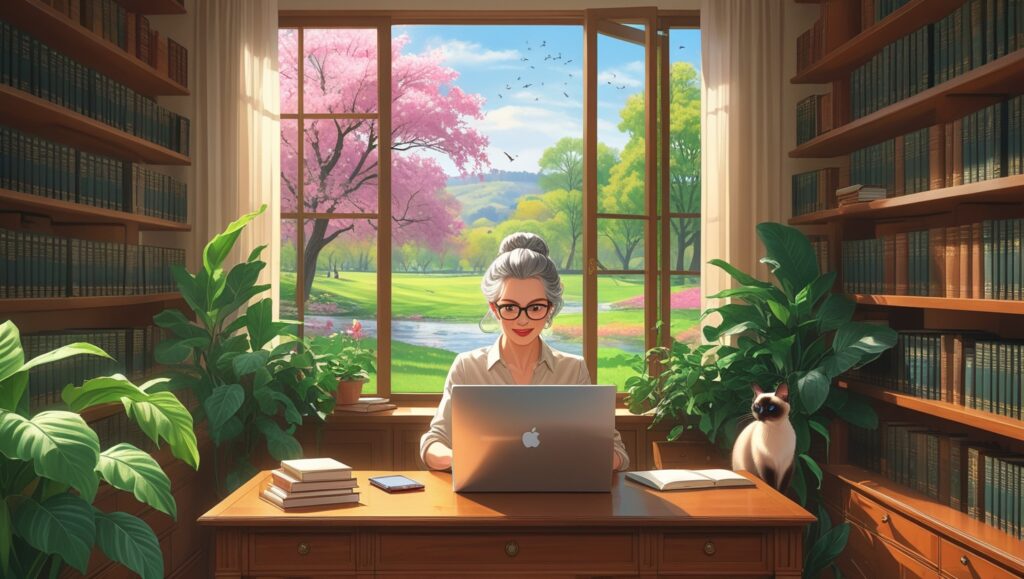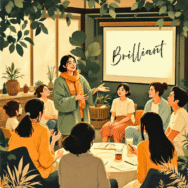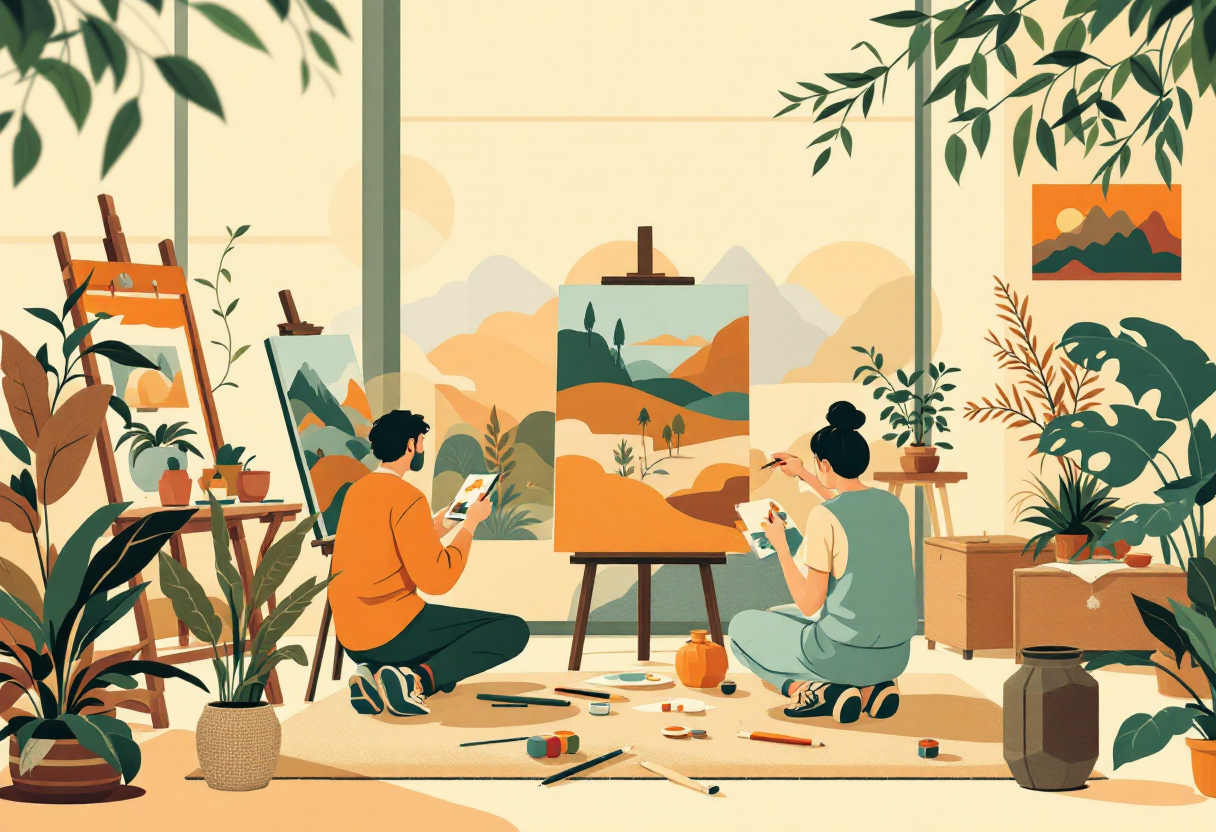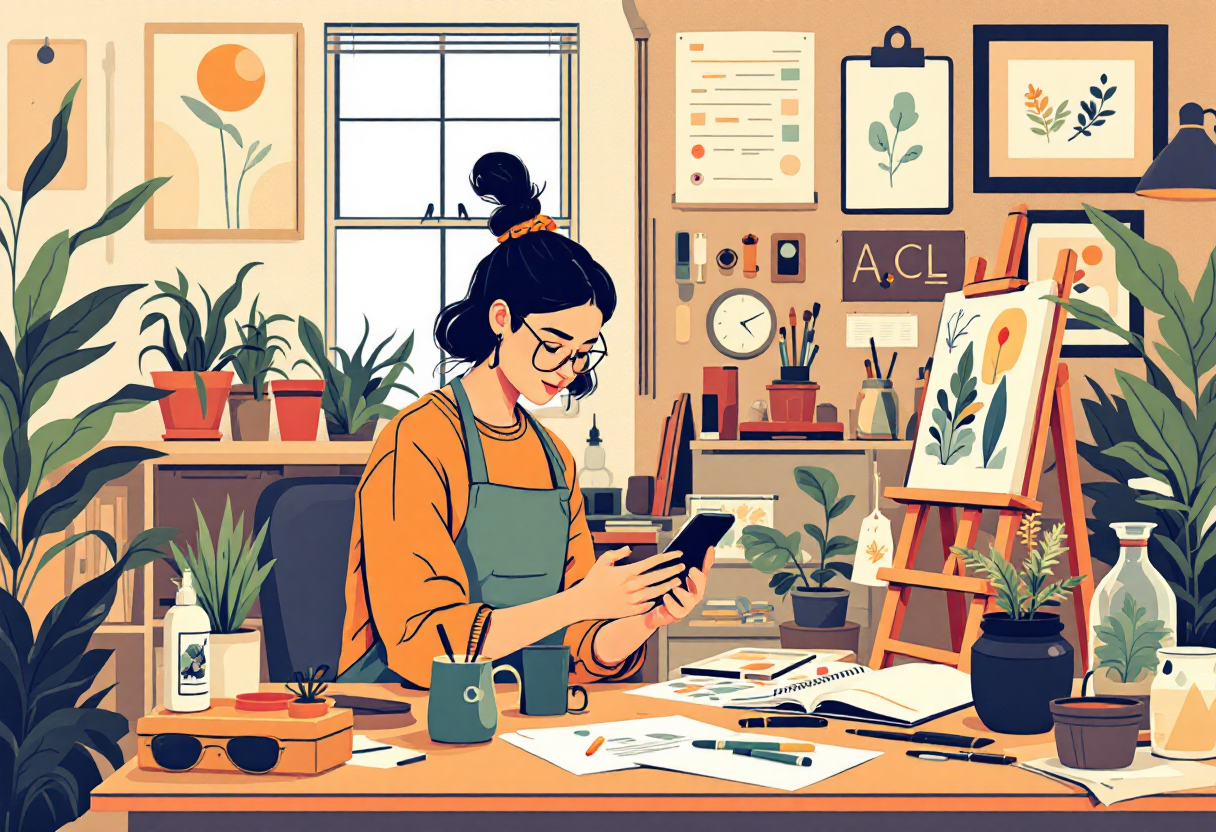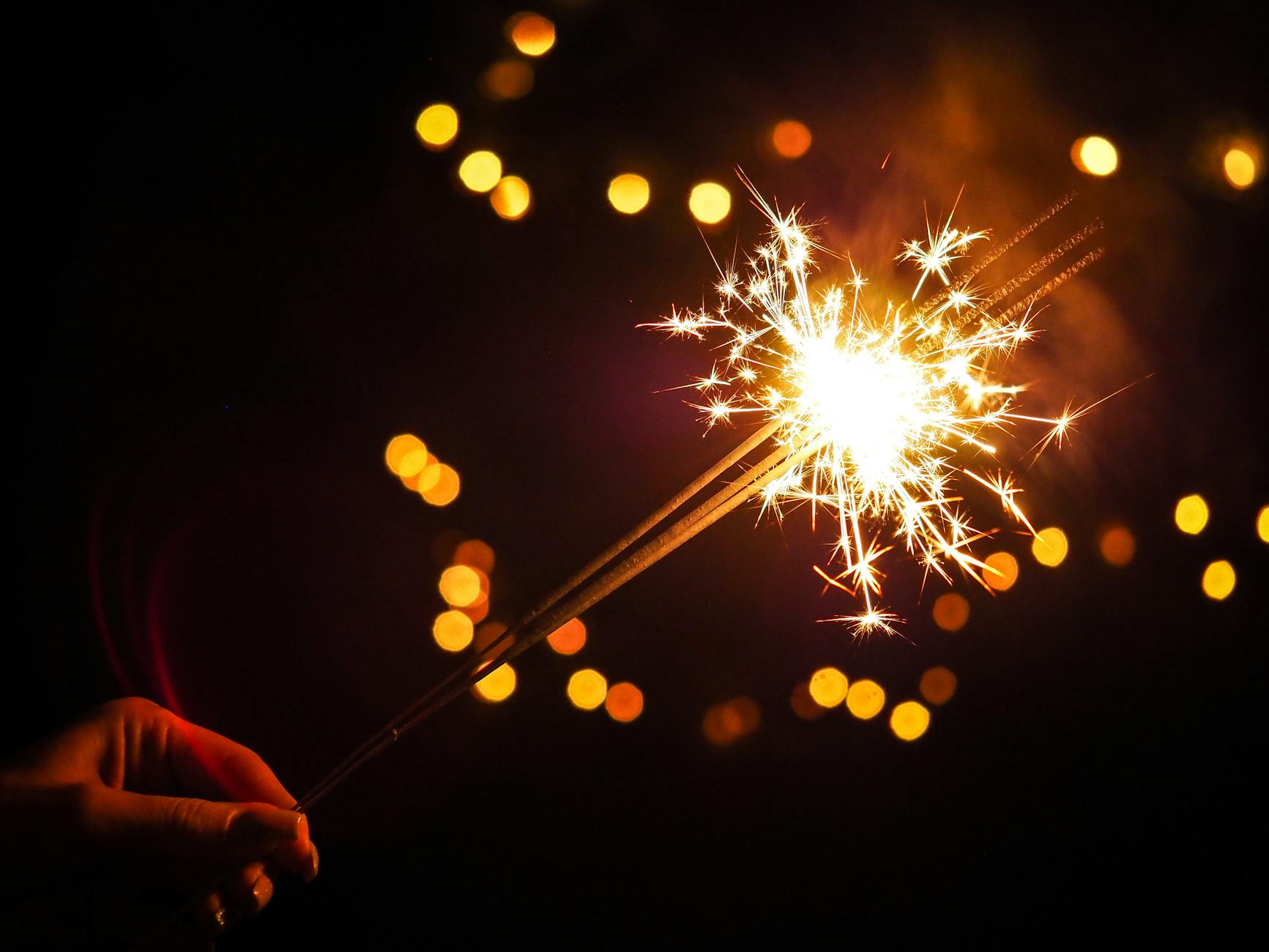Rediscovering the Artist’s Power in a Technological World
Every era of creativity has faced a new invention that seemed ready to replace the artist. The printing press, the camera, the synthesizer — and now, artificial intelligence. Yet through every transformation, one truth remains: tools don’t replace talent — they amplify it.
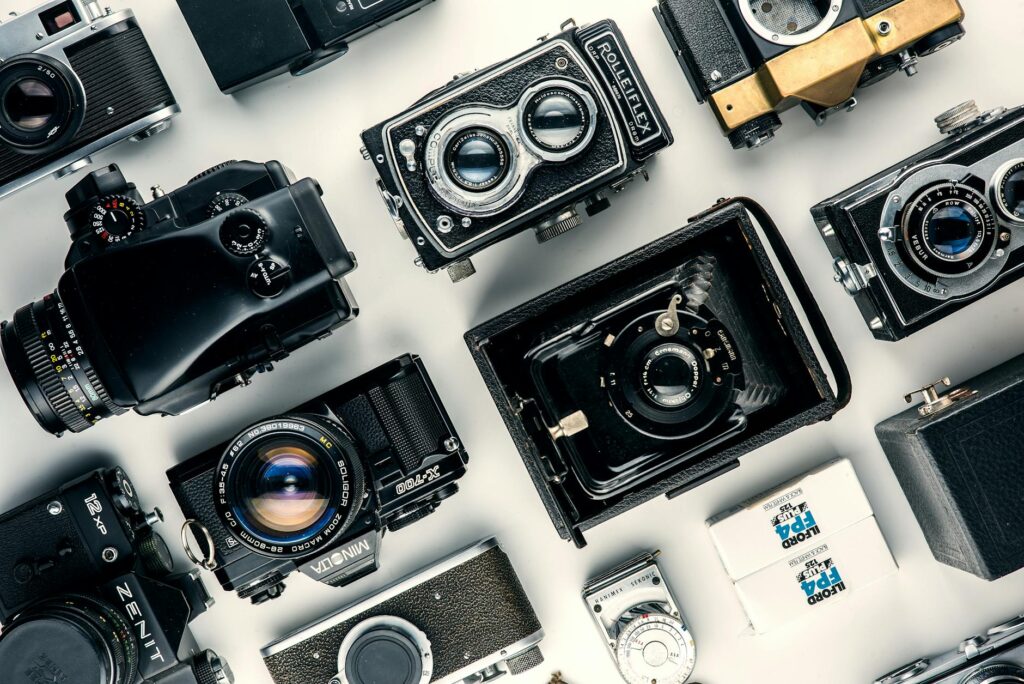
From Brushes to Algorithms: The Evolution of Creative Tools
Technology has always changed how art is made, but never why it’s made.
When cameras first appeared, painters feared extinction. Instead, photography opened new frontiers for visual art — impressionism, abstraction, surrealism — freeing artists from realism and allowing them to explore emotion.
AI is no different. It’s not a threat; it’s a threshold.
Like every tool before it, AI can’t create meaning on its own. It needs the human hand, eye, and heart to guide it. As Picasso once said, “Computers are useless; they can only give you answers.” Creativity, on the other hand, asks better questions.
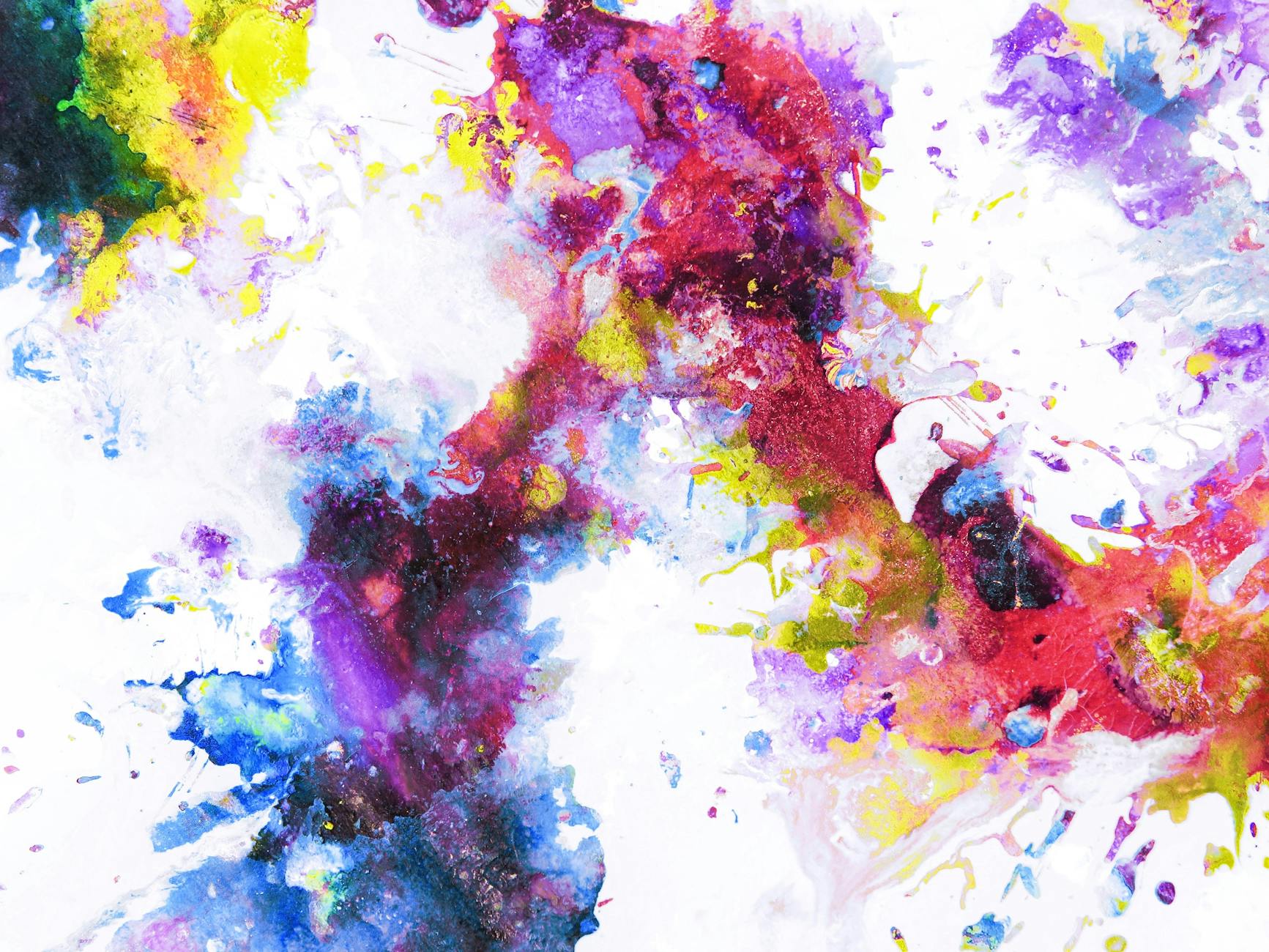
The Artist as Innovator
Creativity thrives on adaptation. Artists, by nature, are innovators — using what’s available to express what’s eternal.
Leonardo da Vinci used mathematics to deepen his art. Beethoven composed even when he could no longer hear. Georgia O’Keeffe’s simplicity challenged modern chaos.
Their genius didn’t come from tools — it came from vision. The brush, the keyboard, or the algorithm is only the means by which vision manifests.
As modern creatives, we are not losing our place to technology; we are expanding the stage on which creativity performs.
The Power of Human Imperfection
Machines replicate perfection, but perfection is rarely what moves us.
It’s the brushstroke that trembles, the line that wavers, the note that cracks — those are the moments that reveal humanity.
In business and art alike, imperfection signals authenticity.
As author Austin Kleon writes in Show Your Work, “People want to see the person behind the product.”
AI can polish output, but it cannot reveal process. The creative journey — the hours of trial, joy, and uncertainty — is where the soul of art lives.
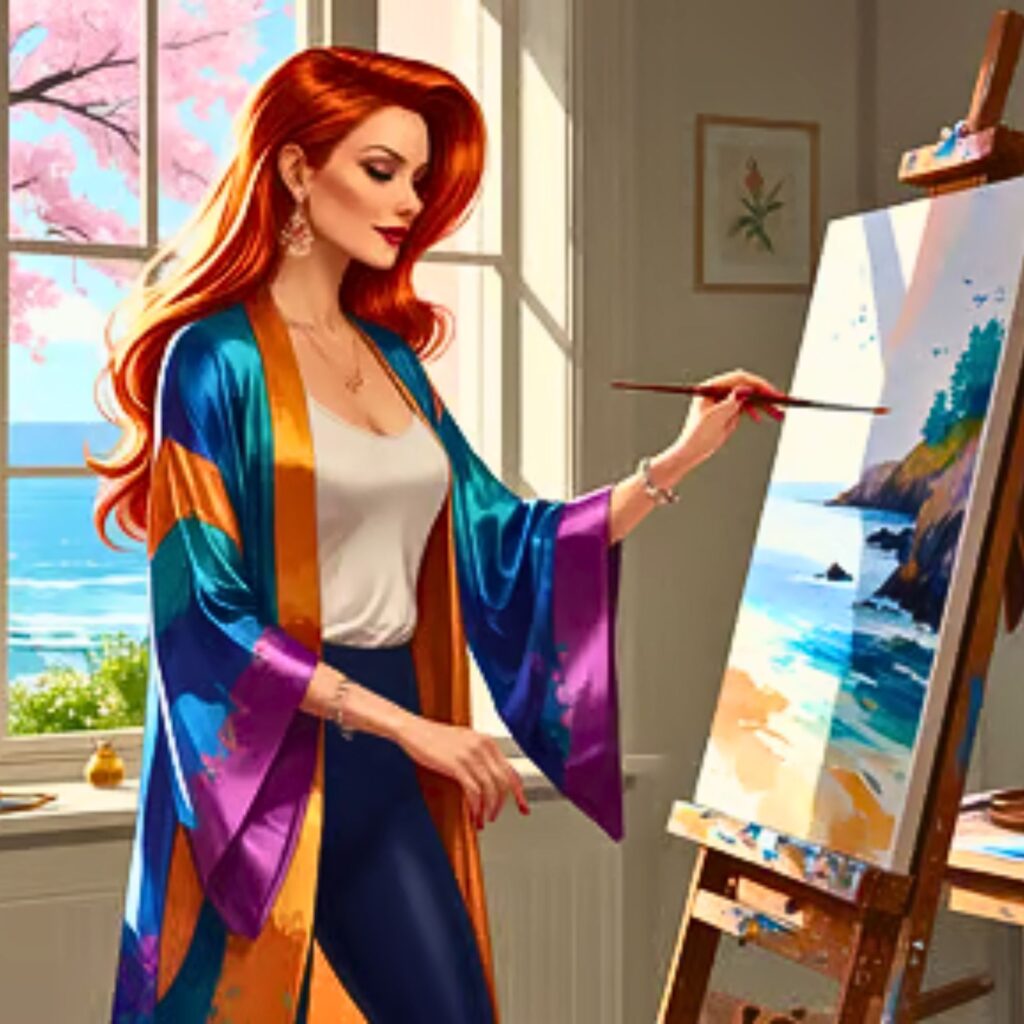
Reframing AI as a Creative Partner
Instead of seeing AI as competition, think of it as collaboration.
AI can handle structure, repetition, and draft work — freeing you for the emotional and visionary tasks that only you can do.
You remain the author of meaning.
A writer may use AI to brainstorm, but the heartbeat of the story is still human.
A designer may use AI to test palettes, but the harmony of color is still intuitive.
A musician may use AI to layer sound, but the rhythm of emotion still flows through human experience.
When you guide AI with imagination, it becomes what it should be — a tool for creative expansion.
💡 Experience Exercise: The Artist’s Audit
Goal: Identify what’s yours in the creative process.
- List your current creative tools (digital and traditional).
- Circle the one that gives you the most joy — and the one that causes frustration.
- Ask yourself: “What do I bring that this tool cannot?”
- Write one sentence about your creative value. Example: “I bring empathy and storytelling to everything I make — that’s something no machine can copy.”
Keep that sentence near your workspace. Let it remind you of your irreplaceable presence.
Business Wisdom for Creatives
When you use technology strategically, it becomes an investment — not a replacement.
Successful creators track their ROI (Return on Imagination).
Ask:
- Does this tool help me create faster or better?
- Does it free time for more meaningful work?
- Does it preserve or enhance my creative integrity?
If the answer is yes, you’ve found harmony between creativity and innovation.
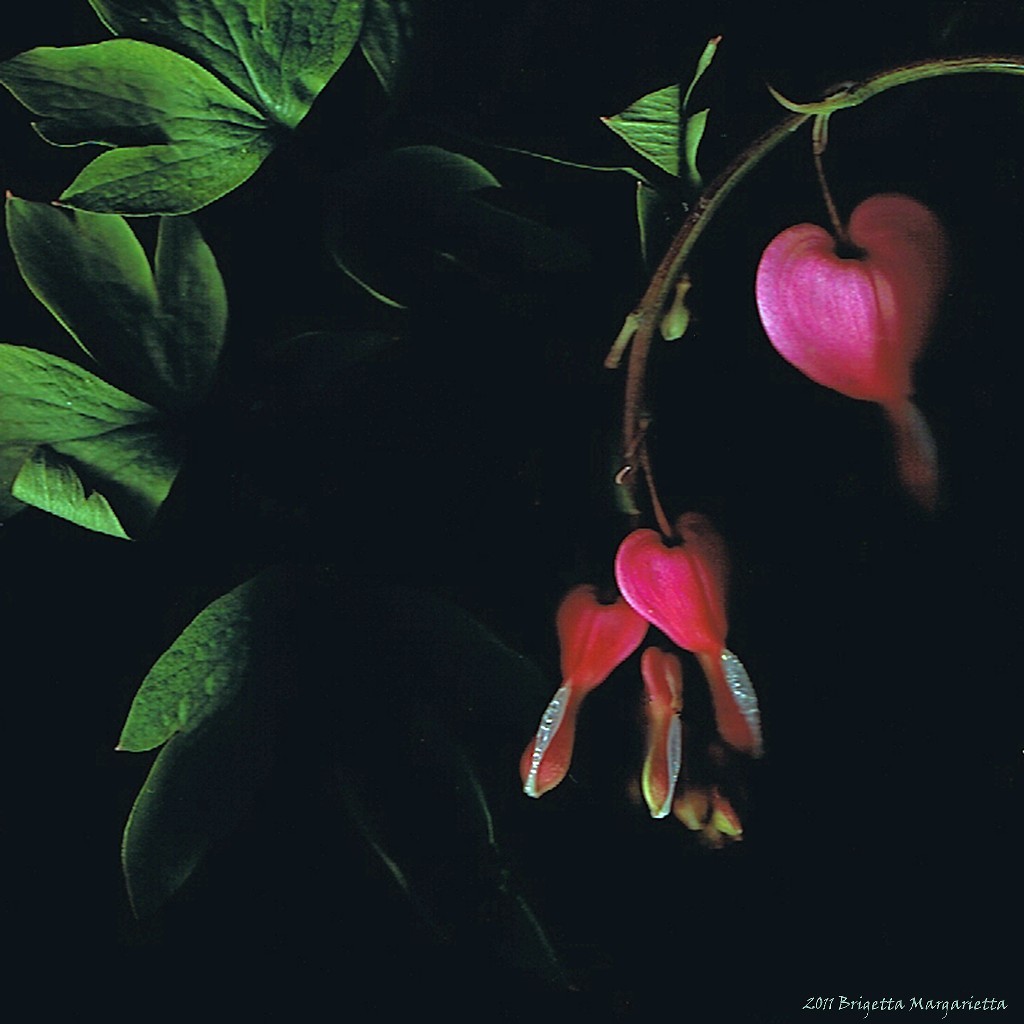
The Future Belongs to the Human Heart
The greatest advantage in the AI age is not speed — it’s sincerity.
Clients, audiences, and communities crave connection. They want to feel something real. As technology advances, the human element becomes the most valuable currency of all.
At Brilliant Creatives Academy, we’re building a space where artists and entrepreneurs learn to merge art, ethics, and innovation.
Our mission is simple: to help creators thrive with both imagination and intention.
Your talent isn’t obsolete — it’s evolving.
✨ Reflection
“Art is not what you see, but what you make others see.” — Edgar Degas
Today, take five minutes to sketch, write, or dream — not to produce, but to reconnect.
Technology can help you work faster.
But only you can help the world feel deeper.
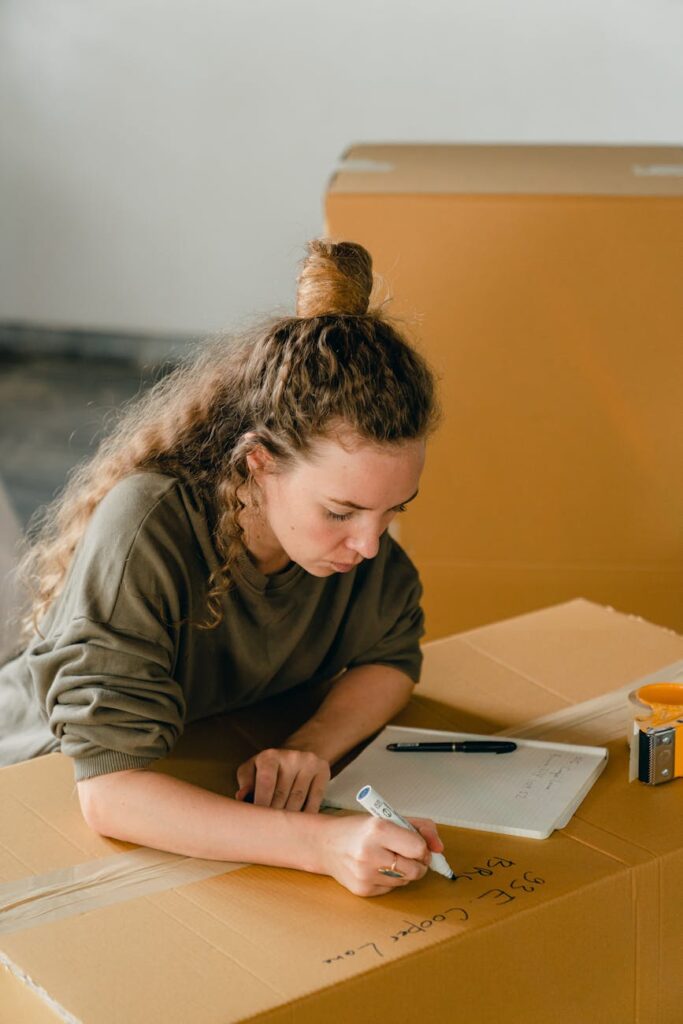
creativity and AI, creative technology, artists and innovation, creative motivation, how to use AI for artists, creative tools, creativity and business, Brilliant Creatives Academy, future of art, creative confidence
References / Bibliography
- Pablo Picasso, quoted in Life Magazine, 1964
- Austin Kleon, Show Your Work (2014)
- Edgar Degas, collected writings on art
- Harvard Business Review, “AI and the Future of Human Creativity,” 2023
